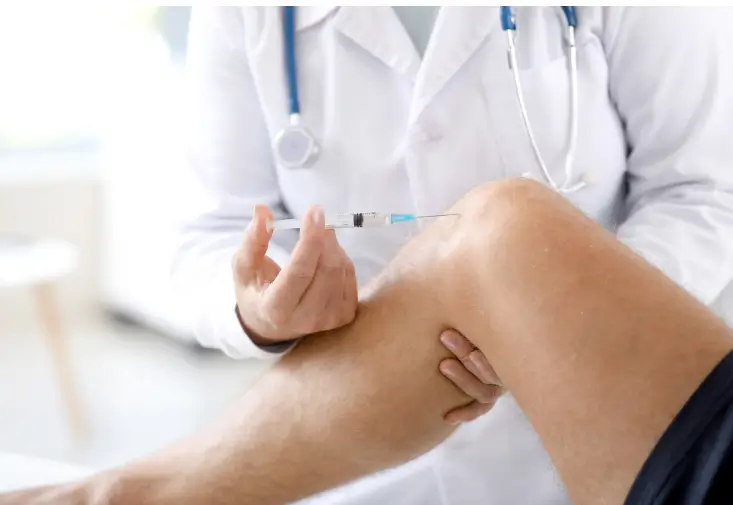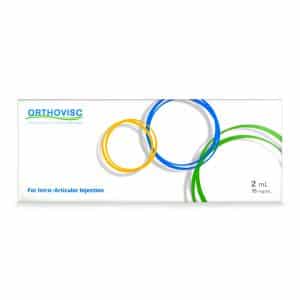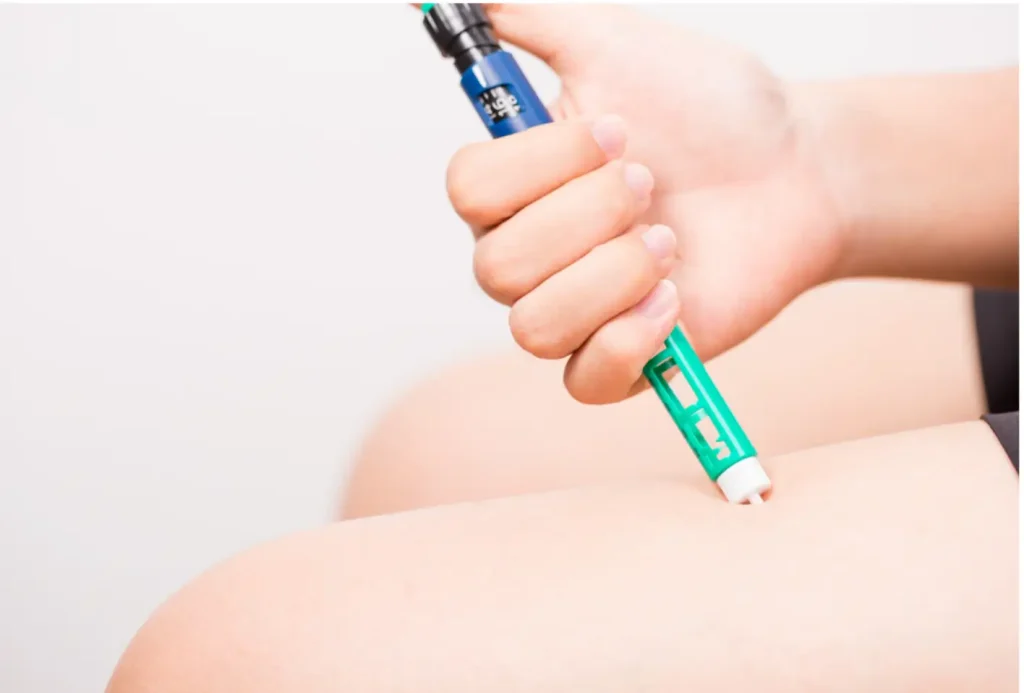Osteoarthritis is a degenerative joint disease that affects millions of people worldwide. According to the World Health Organization, about 73% of those affected are over the age of 55, with women being more susceptible than men. The condition often begins in the late 40s to mid-50s, causing pain, stiffness, and reduced mobility.
Crespine Gel, a hyaluronic acid-based viscosupplement, is designed to alleviate the pain and discomfort associated with osteoarthritis, particularly in the knees. By improving joint lubrication and cushioning, it provides patients with a minimally invasive solution to enhance mobility and reduce symptoms. Determining the correct dose is crucial for ensuring effective treatment and long-lasting results.
In this article, we will explore the proper Crespine Gel dose, its role in osteoarthritis treatment, administration techniques, and considerations for achieving the best outcomes.
Key Takeaways
- Crespine Gel is a hyaluronic acid-based viscosupplement specifically designed to alleviate pain and improve mobility in patients with osteoarthritis, particularly in the knees.
- Proper dosing is critical to the effectiveness of treatment, with injection regimens typically involving weekly injections over 3-5 weeks, followed by maintenance sessions every six months.
- Factors influencing the dosage include the severity of the joint condition, the size and location of the joint, patient age and weight, overall health, and previous treatment responses.
- Administering Crespine Gel requires careful evaluation by a healthcare professional to tailor the treatment plan and ensure safe, personalized care.
- Adhering to recommended guidelines and monitoring treatment progress during follow-up appointments can enhance the effectiveness and longevity of results.
About: Medical Spa RX provides medical practices with premium products at the best prices. If you’re looking to buy Crespine for your practice, the sales representatives at Medical Spa RX can give you guidance.
Recommended Injection Schedules for Joint Treatments
Crespine Gel is a specialized treatment designed to address joint pain, particularly osteoarthritis. Its unique formulation, including key Crespine Gel ingredients like hyaluronic acid, helps restore joint lubrication and alleviate discomfort. Proper dosing is essential for achieving effective results.

For osteoarthritis pain relief, Crespine Gel is injected into joints such as the knee, hip, or shoulder. Treatment typically involves weekly injections over 3-5 weeks, followed by maintenance sessions every six months to evaluate progress and maintain pain relief.
To ensure accurate dosing and optimal results, Crespine Gel must be administered by a qualified healthcare professional. Adhering to the recommended dosing schedule is critical for long-term joint pain management and improved mobility.
Factors Influencing Dosing of Crespine Gel
The dosing of Crespine Gel is influenced by several key factors, enabling healthcare providers to develop a personalized treatment plan for each patient. These considerations ensure optimal results and safety during treatment.
- Severity of the Joint Condition: Patients with more advanced osteoarthritis may require higher or more frequent doses to achieve effective pain relief and improved mobility.
- Treatment Location: The dosing regimen can vary based on the specific joint being treated, such as the knee, hip, or shoulder.
- Patient Age and Weight: Older or heavier patients may require dose adjustments to ensure the best therapeutic outcomes.
- Overall Health: Pre-existing conditions like diabetes or immune disorders can impact dosing decisions, requiring careful monitoring and adjustments.
- Previous Treatment Response: A patient’s history with similar therapies provides valuable insights into the most effective current dosing approach.
- Treatment Goals: Whether the goal is pain relief, enhanced mobility, or improved joint functionality, the dosing and treatment frequency will align with these objectives.
Guidelines for Determining the Appropriate Dose
When administering treatments like Crespine Gel, healthcare professionals follow specific guidelines to determine the appropriate dose for each patient. The process begins with a comprehensive evaluation of the patient’s joint condition, including imaging tests and a physical examination to assess the extent of cartilage damage and inflammation. This helps establish the baseline severity of osteoarthritis and guides dosing decisions.

Another critical factor is the joint size and fluid volume. Larger joints, such as the knee or hip, may require a slightly higher dose compared to smaller joints to ensure even distribution and optimal coverage. Healthcare providers also consider the patient’s overall lifestyle and activity level, tailoring the dose to support their functional needs and daily mobility requirements.
A stepwise approach is often adopted, starting with a conservative dose to monitor the patient’s response. Adjustments are made during follow-up appointments to ensure the treatment achieves pain relief and improved joint function while minimizing potential side effects. This individualized method ensures safe and effective outcomes for each patient.
Conclusion
Crespine Gel offers a minimally invasive and effective solution for managing osteoarthritis symptoms, particularly joint pain and reduced mobility. By improving joint lubrication and cushioning, this treatment helps patients regain comfort and mobility. However, ensuring the correct dose is vital for achieving the best therapeutic outcomes.
With the guidance of a qualified healthcare professional, patients can benefit from a personalized treatment plan tailored to their condition and goals, ensuring safe and effective results.
FAQs
1. What is the typical dosing schedule for Crespine Gel?
Crespine Gel is typically injected weekly over 3-5 weeks for osteoarthritis treatment. Practitioners recommend maintenance sessions every six months to sustain results.
2. Who is a suitable candidate for Crespine Gel treatment?
Crespine Gel is ideal for individuals with mild to moderate osteoarthritis looking for a non-surgical solution to alleviate joint pain and improve mobility. A consultation with a healthcare provider is necessary to confirm suitability.
3. Are there any risks or side effects associated with Crespine Gel?
Common side effects include temporary swelling, redness, or discomfort at the injection site. Rarely, patients may experience allergic reactions or infections, which need prompt attention from a healthcare provider.
4. Can Crespine Gel treat joints other than the knees?
Yes, Crespine Gel can treat other joints, such as the hips or shoulders.
5. How long do the effects of Crespine Gel last?
The effects of Crespine Gel can last up to six months or longer, depending on the severity of the joint condition, adherence to the recommended dosing schedule, and individual patient factors.
References
Hauk L. Treatment of Knee Osteoarthritis: A Clinical Practice Guideline from the AAOS. American Family Physician. 2014;89(11):918-920. https://www.aafp.org/pubs/afp/issues/2014/0601/p918.html Information NC for B, Pike USNL of M 8600 R, MD B, Usa 20894. Osteoarthritis of the Knee: Which Painkillers Are Effective? Institute for Quality and Efficiency in Health Care (IQWiG); 2019. https://www.ncbi.nlm.nih.gov/books/NBK544987/























